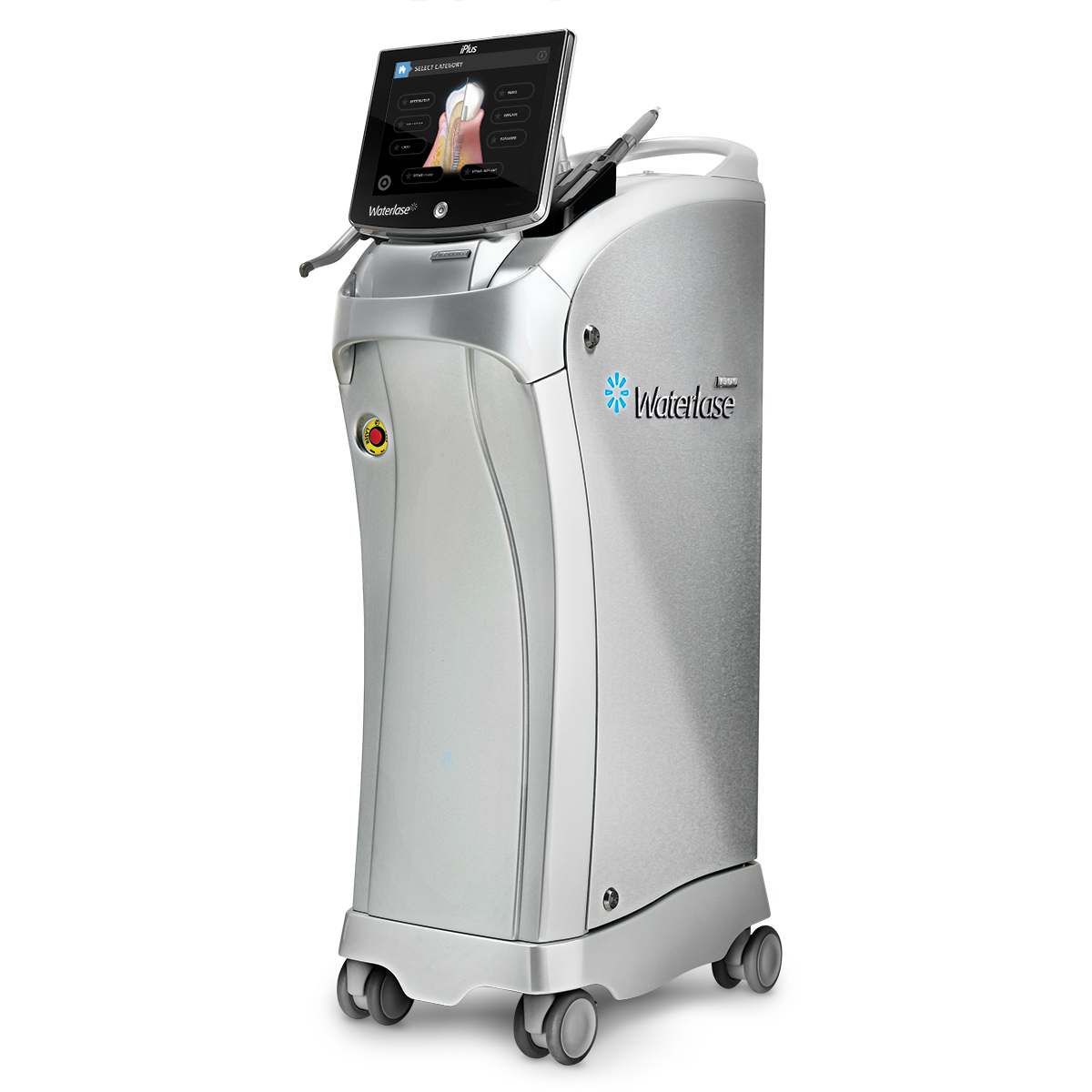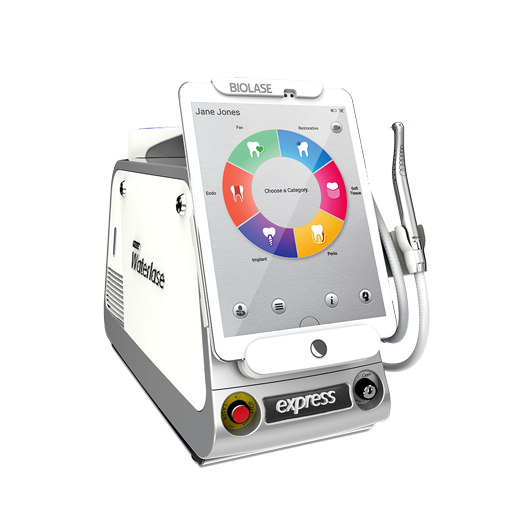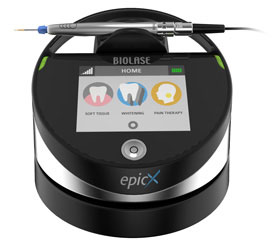As you look over the reception desk into the waiting room, you notice Jim, your next patient, dozing in his chair. You immediately think about your updated approach to dentistry, the expanded capabilities to diagnose many forms of illness, not just tooth and gum diseases. You focus on your desire and ability to do everything you can to promote the good health of your patients.
It is possible that Jim suffers from Sleep Apnea. Perhaps he will ask you for some help if he has read the Sleep Apnea patient brochure you put in the waiting room. Or you might ask a few questions to get him talking about his sleep. Ask if we wakes up still tired, feeling as if he had just 4 hours of sleep even though he was in bed for 8 hours. Ask if he suffers regularly from daytime sleepiness, drowsiness and poor concentration. Listen to him and then tell him you can help him — diagnose him and map out a treatment plan that will help him sleep better and wake up every morning to a more healthy life.
You can start by just checking the airflow through his nasal passages. Perhaps you’ll prescribe oral appliance therapy. Or you can use your NewTom CBCT from BIOLASE to study the airways of his throat, measure the air volume and check for obstructions.
Is all this information important for you, Doctor? Certainly. Involvement in these early stages of sleep therapy is an opportunity for you both as a healthcare professional and as a business person. It affords you additional billable procedures and broader health care.
Is your professional help important to the patient? Certainly. It’s his health! And you can start him on that path to better sleep, which will lead to better health and include increased energy, mental acuity and productivity. What you start by testing him with the NewTom will change his life! And that, Doctor, is why you became a doctor.
Realize that sleep apnea can lead to many other serious health problems, including diabetes, heart disease and stroke, high blood pressure and excessive weight gain. Realize, too, that your patient, who in fact has sleep apnea, probably doesn’t even know it. Those breathing interruptions – perhaps 100 times per night, each lasting usually from 10 to 20 seconds –occur during his sleep, unbeknown to him. Help him. He needs you.
So wake up to the problem of sleep apnea – an estimated 18 million Americans have it. Wake up to the power of your NewTom to help you diagnose patients for this problem. And help all your sleepy patients, like Jim, wake up to better days – more alert, more energetic, more healthy, more alive.
Author: Joe Skillin



